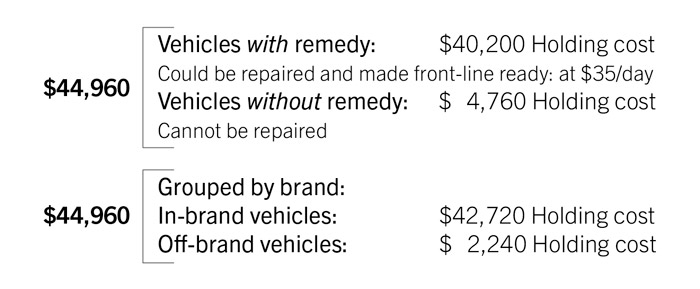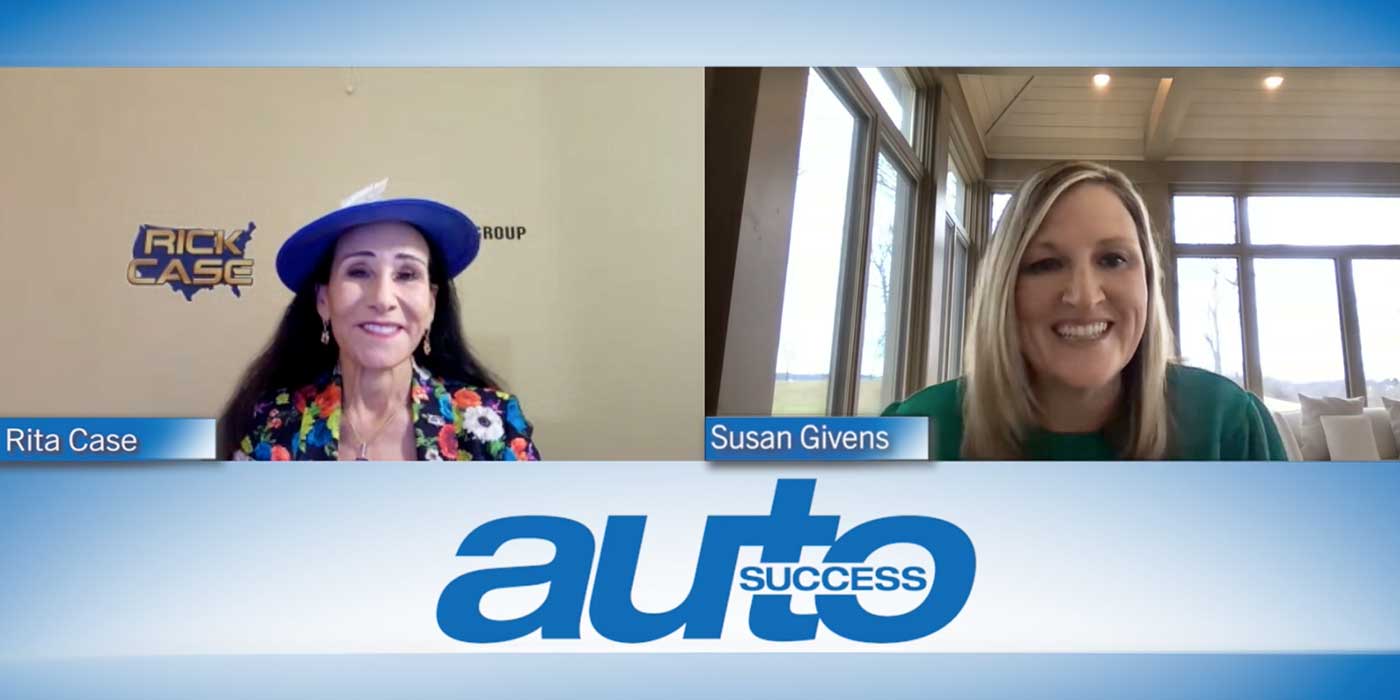With the coronavirus causing uncertainty on Wall Street, there is a chance it could also affect Main Street. The question we should be asking ourselves is, “How can we increase profitability in an uncertain or even declining market?”
Just as having a line of credit helps a company manage potential upside (to grow your company) and downside (to manage cash flow, if needed), managing safety recalls — in good times and bad — is just good business.
What Do Best-Practice Dealers Do?
Best-practice dealerships know that by managing safety recalls, they can profit during the entire vehicle’s life cycle:
[A] At acquisition (before), imagine that upon trade-in or at auction, you could know — with certainty — that an otherwise-clean, low-mileage vehicle has an open safety recall? If there’s a remedy and it’s in-brand, that’s a profit opportunity. If it has no remedy and is off-brand, that is a profit-reduction “opportunity.”
Your costs can increase dramatically when you purchase someone else’s problem — especially if you don’t know it when you’re making a buying decision. If you don’t have that information at your fingertips, then you are buying blind.
Imagine that the vehicle is off-brand and has a safety recall under a Stop Sale order. If you’re in Tennessee or Pennsylvania (or a state with a law that’s headed that way), you will be unable to sell it. That’s a profit-killer!
If the recall has a remedy (and parts available) and is in-brand, knowing the warranty reimbursement opportunities provides better buying knowledge.
According to a J.D. Power report, buying a problem vehicle (with an open safety recall) can cost dealers an average of $1,200!
[B] While in inventory (during), there are many financial impacts to companies who own vehicles due to safety recalls, both positive and negative. And, there are additional profit opportunities to be found by automating a “find recalls” service.
The most obvious is the additional warranty reimbursement from “found” recalls. However, there are more impacts to be considered when weighing a decision about whether to automate recall management or not. Just some of these potential impacts are:
1. Costs and time lost, trying to manage recalls manually
2. Service bay inefficiencies
3. Lost sales due to not knowing until retailing vehicle
4. Additional warranty reimbursement1
5. Holding costs: vehicles with and without remedy
6. Holding costs: in-brand and off-brand vehicles
7. Holding costs: vehicles with stop sale recalls
8. Acquisition costs2
An example of the impacts — warranty revenue (plus) and holding costs (minus) — from a “nominal” dealer has over just a 30-day period3 are:
Warranty: $74,600 Revenue
Additional warranty $ 7,460 Revenue

Acquisition costs: $ 2,484 Holding cost
Additional revenue of $7,460 a month with costs of $47,444 ($44,960 + $2,484) may not seem like a lot, but it can amount to an annual “swing” of $479,808 (in this case), per location.
Managing this information manually delays repairs and cuts into your profit: Automating is worth a half million $s/year/store!
[C] Post-sale (after), “There’s money in the VINs!” Setting up a weekly report, where you can continually monitor your customers’ vehicles for safety recalls, can provide you a steady stream of profit possibilities. If you think of these vehicles as your “sold inventory,” then you can implement a similar process to entice your customers to return.
With a 70% defection rate (to independent repair shops), bringing back your customers not only increases your CSI/CX scores, but your customers may be enticed to come in more regularly, since you are taking such great care by watching out for them.
Additional preventative maintenance and/or repair work will likely be requested by your customers, so the total customer-pay may be another 50% to 100% in addition to the average warranty reimbursement of approximately $343.
With COVID-19, some of our clients are picking up, fixing and returning their customers’ vehicles. There is about a 67% response rate, which could help you boost profits when you need it most!
If you are relying on manual processes, you will undoubtedly miss these opportunities, in addition to increasing in your liability. You may want to think of it as insurance that pays for itself. How else can you accomplish that?
1. We’ve had franchised dealers tell us that their monthly warranty reimbursement averages increased 8% to 12% after signing up to an automated inventory monitoring service, which means that their manual processes were letting some in-brand vehicles go (sold) with open safety recalls.
2. Acquiring vehicles with open safety recalls – some with no remedy, some with stop sale orders: If you don’t know at time of acquisition, your appraisal values may be off.
3. Based on our statistical analysis of AutoAp’s data over the past six years.














